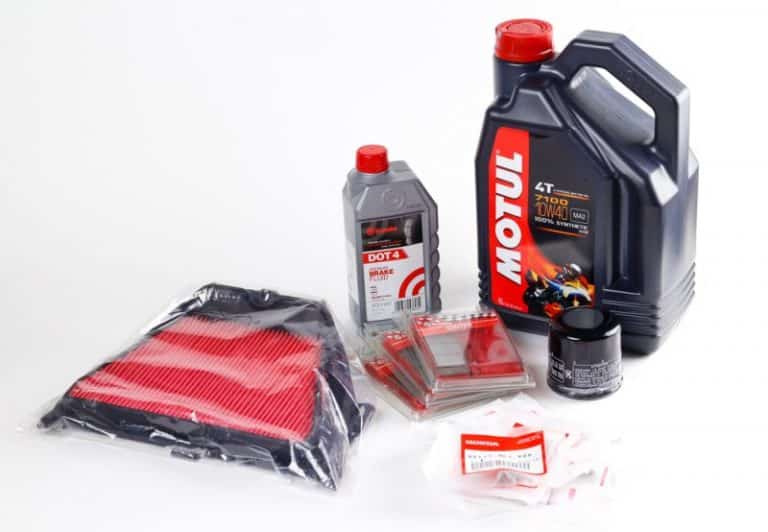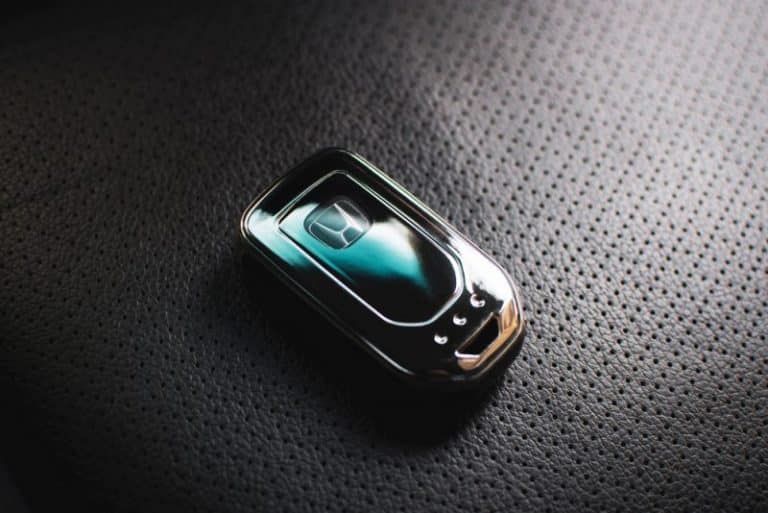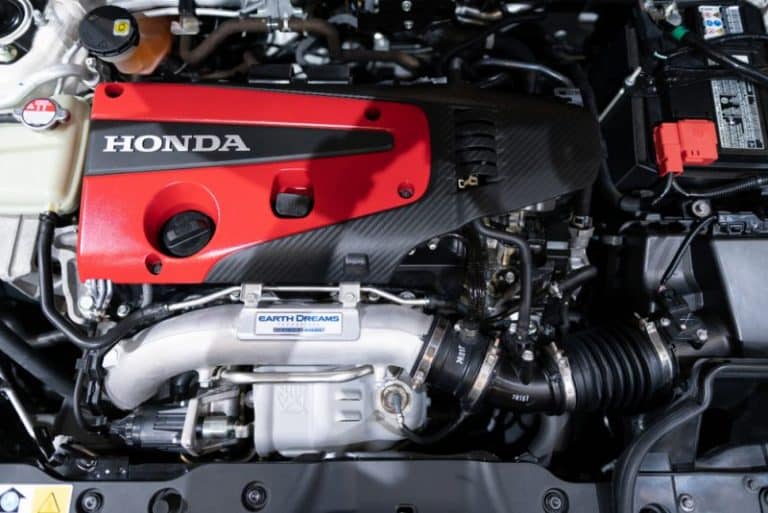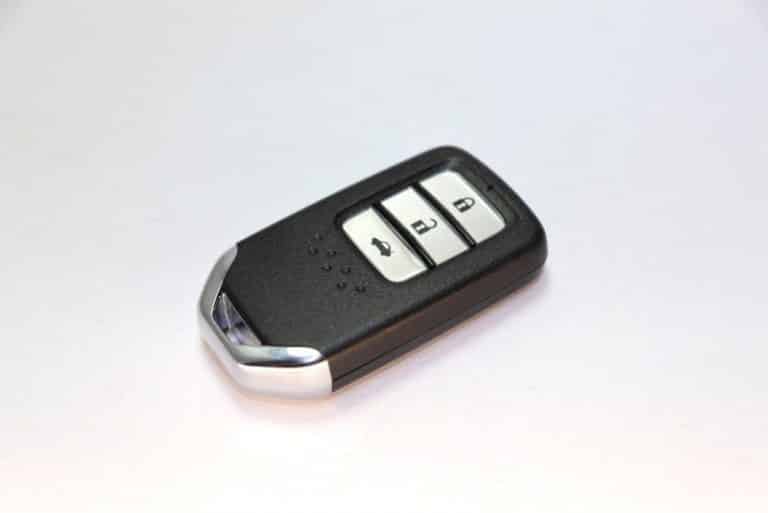Can You Flat Tow A Honda Element? (Let’s Find Out)
Flat towing, also called neutral towing, four-wheel towing, and so on, are very popular. It is a prevalent way of pulling four-wheel drive behind motorhomes or trucks.
But, considering the weight and the many models of Honda Element, I think it is reasonable to ask the question above.
So, in this article, we will consider the weight of the Honda Element, whether it is to be Flat towed or not, and the pros and cons of flat towing your Honda Element.
Yes, indeed, you can flat tow your Honda Element. All models of Honda Element can be flat towed. Flat towing your Honda Element is, as a matter of fact, the best and safest method of towing your vehicle. Apart from protecting your vehicle from damage, it is effortless and fast to set up.
How Much Does a Honda Element Weigh?

If we are discussing all models of Honda Element ever produced from 2003 to 2011, we can say that it has a curb weight of 1,510 to 1,652kg (3,330 to 3,641lb).
But, suppose we are to include passengers, cargo, accessories, and so on, then a Honda Element should be able to carry an extra 308kg (675lb).
The weight associated with Elements is why flat towing a Honda is the best and only option for your vehicle.
Any attempt to use other options could cause severe damage to both your 4WD system and transmission.
And although there are different models with modifications, their weights are still relatively similar.
Below are these models and their slight alterations over the years:
#1. 2003 Honda Element
The first after its debut in 2002, this year’s production released two trim levels, the “DX” and “EX.”
The all-trim levels had a 156hp 2.4L K24A4 engine that was unique and similar to the North American Honda Accord of the seventh generation.
At the same time, the all-wheel-drive model was known for its sizeable rear moon roof. Later on, the EX models had side airbags incorporated into them.
#2. 2004 Honda Element
2004’s production came with a mid-range LX trim level that stood between DX and premium Ex trim levels.
But unlike the 2003 Elements, it was no longer just an airbag but a keyless entry that became a standard requirement for the EX models.
#3. 2005 Honda Element
In the 2005 production, the DX model was terminated and no longer produced. In contrast, the LX came with a revised front seat with an additional feature, the passenger’s armrest.
In addition, the EX model had an audio system of XM satellite radio and mp3 capability as its standard features.
The 2005 production came with a 5-speed manual transmission as the standard. In addition, LX Hub caps were changed and made to cover the whole wheel.
As a result, the fuel economy for the city was 12.4l/100km; for the highway, it was 10.21l/100km, and when combined, it was 11.81l/100km.
#4. 2006 Honda Element
An exciting development was that EX-P’s version came out with a 5-speed manual transmission or an optional 4-speed automatic transmission.
Subsequently, this version was fully painted and sold out at an extra cost of US$500.
#5. 2007 Honda Element
This design of this Honda Element was marked with a lot of increments and meaningful changes.
The horsepower changed from 156hp to 166hp, and the 4-speed automatic transmission changed to a 5-speed automatic transmission.
The manufacturers replaced the latticework grille made of plastic with silver-colored slats. Electronic stability control and the side airbags came to be a standard feature.
Then also came the fourth trim level known as the SC with a different bumper and grille, a “tribal print” seat fabric, projector headlamps, lowered suspension, and an 18-inch alloy wheel.
Unfortunately, the seating area also had floors with carpet and a center console that they could not remove, unlike the other trim packages.
It was unavailable with all-wheel drive.
#6. 2008 Honda Element
The only thing remarkable about this Element is that the SC trim had a new color; this was the Royal Blue Pearl.
#7. 2009 Honda Element
This Element was equipped with an optimal navigation system installed, with a few changes on the exterior and a display of the outside temperature.
All the wheel arches were squared off, front fenders changed to all metal, and a change in the design of the hood and grill.
In this 2009 Element, the rear moon-roof and 5-speed manual transmission became terminated.
#8. 2010 Honda Element
Honda Element made the LX, the EX, the EX with the transmission, and the SC trim levels available. However, at this point, there was only one 5-speed manual transmission, the EX-4WD trim.
#9. 2011 Honda Element
Just before terminating the production of the Honda Element in early 2011, the company stopped the sporty SC trim level and navigation system.
In addition, the Royal Blue Pearl was also discontinued.
What Year Honda Element Can Be Flat Towed?
Due to the 4WD system of Honda Element, all models of 2003 to 2011 can and should be flat towed. You may want to know Can Honda Element Tow Trailer?
If they are not towed on all four wheels, there may be damage to a 4WD system, a manual, or automatic transmission.
It is also common and best to pull a Honda Element behind a motorhome at a standard speed of 65mph (100km/h).
Endeavor to look for a manufacturer or installer with a good reputation and follow their instruction if you intend to purchase a tow bar.
The following are the things or step to take to prepare you for flat towing if you are using either a manual or automatic transmission:
#1. 5-Speed Manual Transmission
- Begin preparations for towing by ensuring that your transmission is not either overfilled but filled to the appropriate level
- Free your parking brake
- Keep your transmission on neutral
- You should open the ignition switch and the ignition switch accessory with the key to preventing the wheel from locking.
Also, you should turn off all items plugged into the accessory power to save the battery.
#2. Automatic Transmission
Ensuring that your transmission is full of fluid is essential in the preparation process before towing Honda Element.
And it should be at just the correct level.
For automatic transmission, you should take the following preparatory steps before towing:
- Turn on the engine
- Press and hold the brake pedal. Then move the lever through all positions (P, R, N, D,2,1).
- Move lever to D, then to N. Leave engine on for 30 to 35 minutes, then turn it off.
- Set free the parking brake.
- The ignition switch should be in ACCESSORY (I). This will prevent the steering wheel from locking, and all items plugged into the accessory power should be turned off.
This will save battery.
The Pros and Cons of Flat Towing Honda Element?
The advantages of flat towing Honda Element are:
- It is faster and easy to connect and disconnect your Honda Element.
- It is very convenient for a trip with many stops.
- Protect the 4WD system and transmission from damage.
- Flat towing means that you will be pulling less weight.
- The flat towing method provides you with better fuel mileage.
- You don’t need much storage space since the gears for flat towing are very limited.
- Because all four wheels are on the road, the wearing out of the tires will be even. Know more about Honda Element, can it Go Off-Road?
The disadvantages of flat towing Honda Element are:
- Flat towing is not often the best for pulling damaged Honda Elements.
- Based on the modifications to be done, it is at times expensive.
- Flat towing will cause your tire to wear out and increase the miles on your suspension.
- It involves installing the appropriate gear you need to flat tow your Element.
Conclusion
Flat towing Honda Element is the safest and best. And the weight of an Element with the exclusion of factors such as passengers, cargo, accessories, and others is between 1,510 to 1,652kg (3,330 to 3,641).
Furthermore, we have seen that you can tow all models of Honda Element, and finally, we have looked at the pros and cons of pulling your Honda Element.






